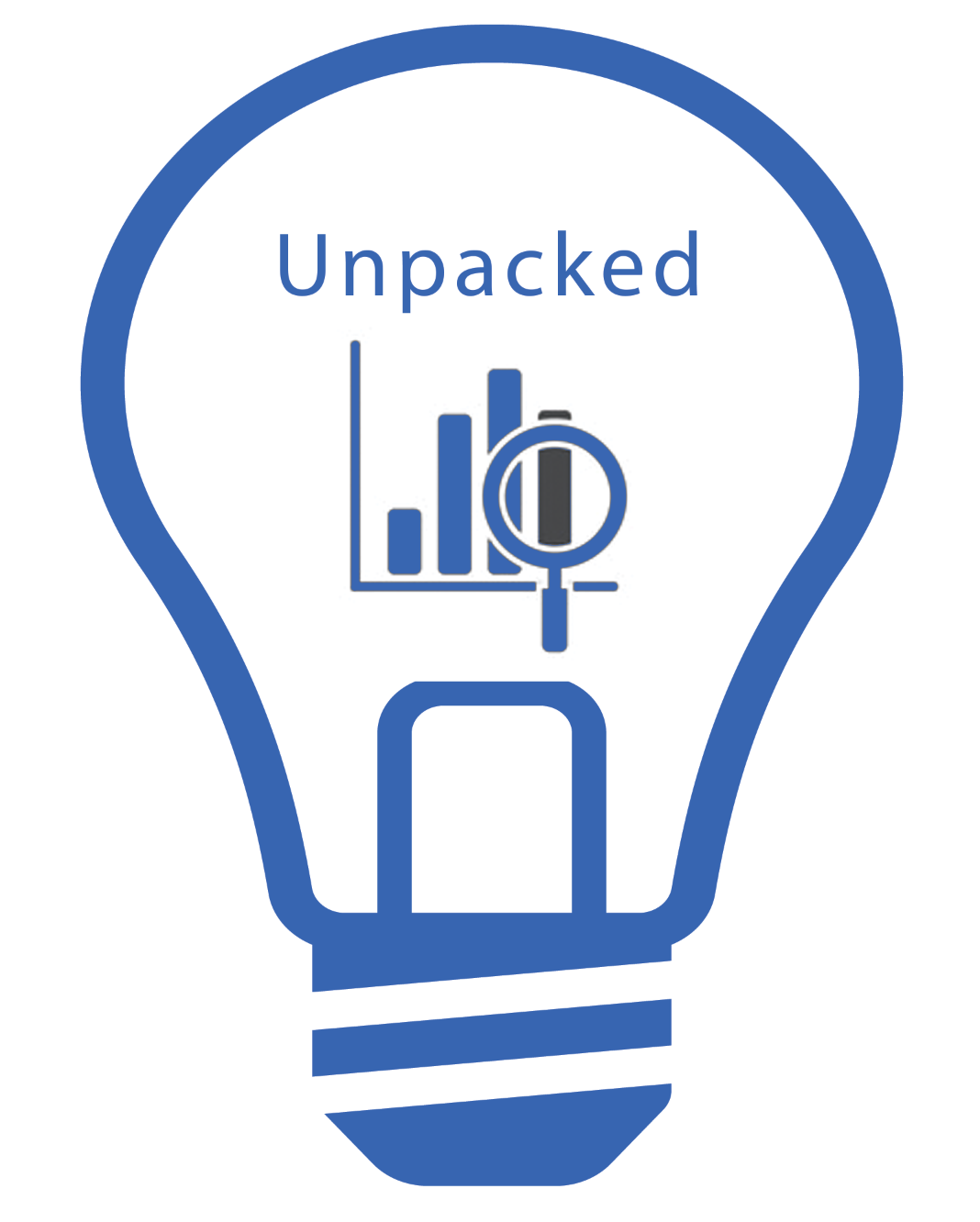I’ve been studying the Indian market for consumer tech for a little over two years now. We have been keeping a close eye on the digital transformation happening in India with the rise of millions of people now accessing the internet. India is a market our broad consumer behaviour surveys cover and we have quite a lot of data on the market already. India is just coming on to the tech industry’s radar but I want to share a few key statistics to help everyone understand where digital India is today.
- Internet penetration is about ~30% or around 375 million people
- Smartphone penetration is around 80% of that 375 million people or around 300m
- There are more Windows Phone devices in use in India than iPhones 10% to 4%. Over 70% of Indian consumers are on Android
- PC (notebook or desktop) penetration is around 10% or 100m devices in use
- Indian consumers average 9.1 apps which are regularly and actively used, among the top of all countries and above the global average of 7.1
- Indian consumers estimate they spend around 3 hours per day online via their smartphone, ranking among the highest of any country
- 52% of smartphone users are on a 3G connection and a scant 5% on a 4G connection. 17% of Indian consumers say they use a Wifi connection as their primary connection to the internet
- Indian consumers have an average of 7 social media accounts, among the highest of any country and above the global average of 5.2
- Google’s services dominate the market with Google Maps, YouTube, Google Play, and Google Music having the largest lead of any other core services in the market
- Facebook and WhatsApp are the two most actively used apps
- 41% of Indian consumers make an online purchase from their smartphone on a monthly basis, near the top of any market with only China coming close in m-commerce
- Internet penetration skews male with 71% of men being online vs. 29% women
I could go on with a range of other statistics but I’d rather tease out a few points. Over the last two years, India has come a long way but still has a long way to go. Bangalore, Delhi, Hyderabad and Mumbai are the cities with the highest levels of internet penetration and are among the more developed in the region. In 2014, internet penetration was only 18% compared to around 30% today. It is growing but not quite at the rate other big markets like China did. Forecasts to date have Indian internet penetration growing to 37% in 2019.
Android and Google services have a stronghold on the India market. Some Microsoft services, like Skype in particular, have heavy usage there, but every bit of data we see coming out of India skews heavily in favor of Android and Google services. When we think about Apple’s uphill climb in India we must note this, which is not a dynamic present exist in China since Google’s services are blocked there. On the positive side for Apple, the largest part of that 5% of smartphone connections on 4G are iPhones. This is why Apple has been touting their upside to 4G growth in markets like the US and China because most 4G/LTE connections in use are iPhones.
Lastly, the gender imbalance in India is an interesting one to watch. While there are cultural dynamics at play, nearly every major economics study I’ve seen on the global economic landscape can tie data and regions flourishing when women begin to get active on the internet. This is a particular stat I watch closely and would love to see greater progress on.
I hope this gives you a high-level overview of the digital landscape in India and some things to look for in the years ahead.

Greetings! Very helpful advice in this particular article! It is the little changes which will make the most important changes. Thanks a lot for sharing!